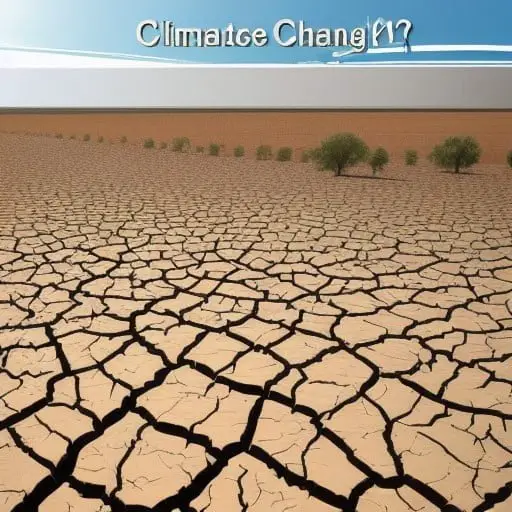What is the relationship between climate change and the regularity of droughts?
Climate change is a long-term change in the average weather patterns that have come to define Earth’s local, regional, and global climates. These changes have a broad range of observed effects that are synonymous with the term. Climate change is a significant and lasting change in the statistical distribution of weather patterns over periods ranging from decades to millions of years. It may be a change in average weather conditions, or in the distribution of weather around the average conditions (i.e., more or fewer extreme weather events). Climate change is caused by factors that include oceanic processes (such as oceanic circulation), variations in solar radiation received by Earth, plate tectonics and volcanic eruptions, and human-induced alterations of the natural world; these latter effects are currently causing global warming, and “climate change” is often used to describe human-specific impacts.
Drought is a period of abnormally dry weather that occurs when a region receives less than its average amount of precipitation. Droughts can last for months or even years and can have a significant impact on the environment, economy, and society.
Climate change is a major factor that is contributing to the increasing regularity of droughts. As the Earth’s climate warms, the atmosphere can hold more water vapor. This means that there is more water available to evaporate from the Earth’s surface, which can lead to more droughts.
In addition, climate change is causing changes in precipitation patterns. In some regions, precipitation is becoming more erratic, with more frequent and intense storms followed by longer periods of dry weather. This can make it difficult for plants and animals to adapt to the changing climate and can lead to more droughts.
Droughts are a serious threat to the environment, economy, and society. They can cause crop failures, water shortages, wildfires, and other problems. Climate change is a major factor that is contributing to the increasing regularity of droughts, and it is important to take steps to mitigate the effects of climate change in order to reduce the risk of droughts.
some of the ways to mitigate the effects of climate change and reduce the risk of droughts:
- Reduce greenhouse gas emissions.
- Invest in renewable energy sources.
- Improve energy efficiency.
- Protect forests and other natural areas.
- Adapt to the effects of climate change that are already happening.
By taking these steps, we can help to reduce the risk of droughts and protect the environment, economy, and society.

